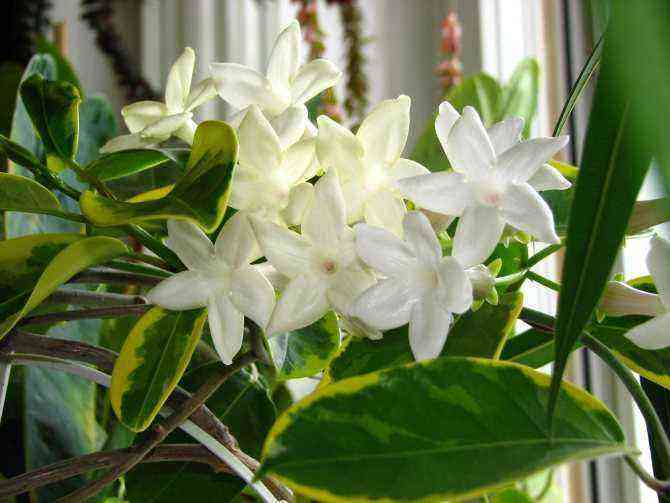Lilac is a tree-like deciduous shrub of an ornamental type. Modern botanical reference books contain information about more than 30 species and 200 varieties of lilacs with photos and descriptions. In the last decade of May, they delight with large paniculate inflorescences of milky or lilac shades. On the territory of Russia, lilac is considered the most common of the flowering shrubs due to its unpretentiousness and endurance.
Common type of lilac with a white border
Genus history
Genus Lilac (Syringa) belongs to the olive family and has about 30 species growing in Southern Europe, Northeast Asia and Iran. These are deciduous, with rare exceptions, evergreen shrubs with a dense leafy crown. The flowers are bisexual, fragrant, white, lilac, violet, purple in color. Collected in multi-flowered apical or axillary paniculate inflorescences that appear simultaneously with the opening of the leaves.
The fruit is an oblong or oval leathery capsule with two seeds behind each leaf.
It is interesting
Lilac is perhaps one of the most demanded and beloved crops. The history of her breeding began in 1583. It was then that, calling the lilac Turkish viburnum, the Austrian envoy brought the seeds of this unusual plant from Constantinople to Vienna. Since then, it has been the leader in the list of the most highly decorative and flowering shrubs.
The homeland of most types of lilacs is China, but this beauty has long been cultivated in other countries, where it is treated with great respect, and breeders have created a huge number of magnificent varieties.
In Russia, this plant is also very popular and loved. For a long time, fragrant lilac bushes adorned the royal and monastery gardens, private estates and parks. Currently, different types of lilacs are widely used in urban landscaping and in personal plots.
White lilac varieties
The following varieties are especially beautiful:
- Madam Abel Shatene… It is a white double lilac that blooms from late May to late June. It forms inflorescences about 20 cm long, collected in 1-5 panicles. The flowers are white, lush, up to 2 cm in length. The variety is frost-resistant and suitable for growing in central Russia.
- Madame Lemoine… Another variety of white lilac, which forms bushes up to 3-4 m in height. The flowering is profuse and long lasting. Begins in late spring. The shrub forms very lush inflorescences, reaching a length and width of 25-30 cm. They are formed from pure white double flowers. Frost resistance is high.
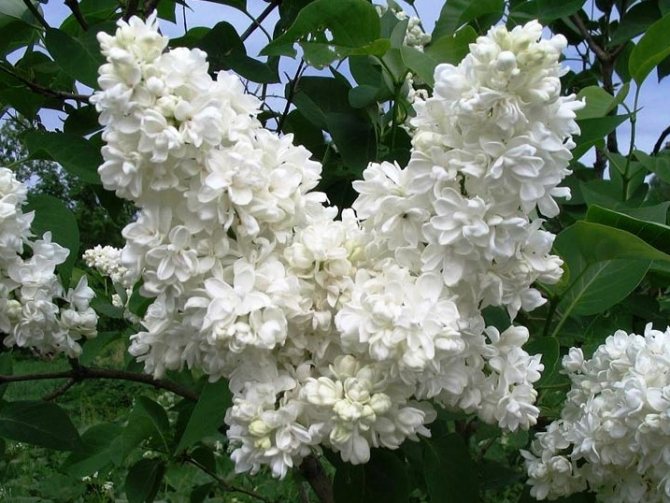

- Madame Casimir Perrier… The shrub reaches a height of 4,5 m. It has the longest flowering, which lasts from mid-May to the last days of June. Lush inflorescences about 20-25 cm long are composed of several corollas. Densely double flowers are white with a creamy tint.
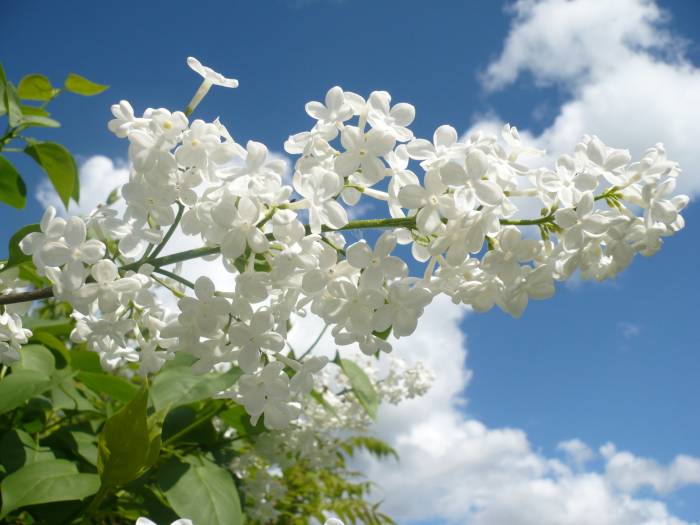
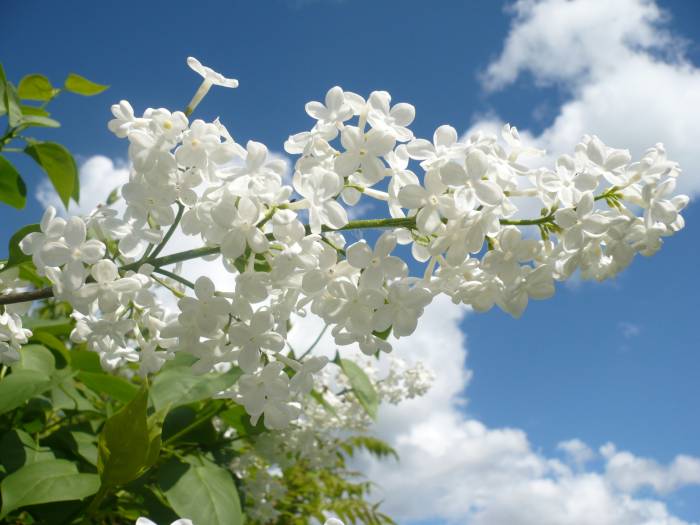
- Galina Ulanova… The variety was bred by Leonid Kolesnikov and presented to the dancer Galina Ulanova. This lilac is as graceful as the ballerina herself: large inflorescences, sometimes reaching a length of 30 cm, resemble lush and snow-white ballet tutus. And this is despite the fact that the flowers themselves are simple: they consist of only 4 petals.
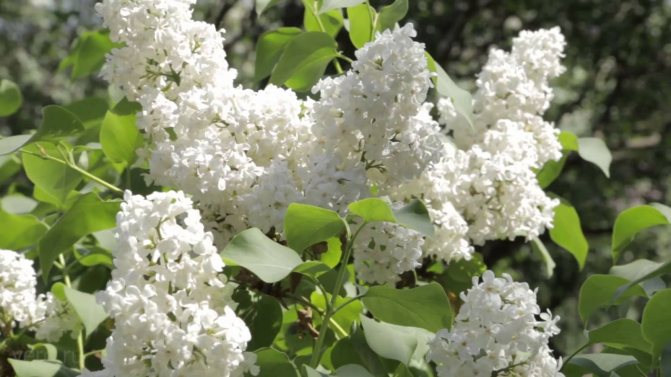

Lilac varieties
Purple lilac with various lilac hues is the most common ornamental shrub in the middle latitudes of the country. The following varieties are most often grown in gardens:
- Minchanka… This is a medium-sized shrub, very popular in Belarus. Blooms from mid-May. Duration of flowering is 2-3 weeks. Lilac forms lush inflorescences up to 30 cm long. Simple and large flowers up to 3 cm in diameter are painted in a light purple color. The petals form embossed grooves. The aroma is intense.
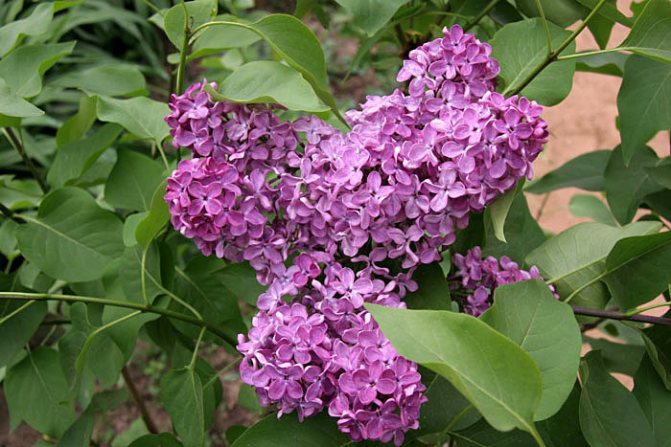
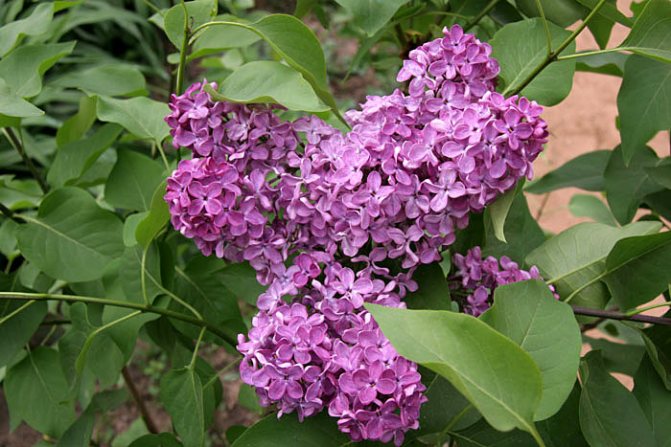
- Lady Lindsay… Forms a medium-sized shrub of medium flowering time. Forms inflorescences of two panicles, consisting of large, up to 3 cm in diameter, simple flowers with long and curved petals. Coloring – lilac. Sometimes there are shades of red and blue colors. The aroma is intense.
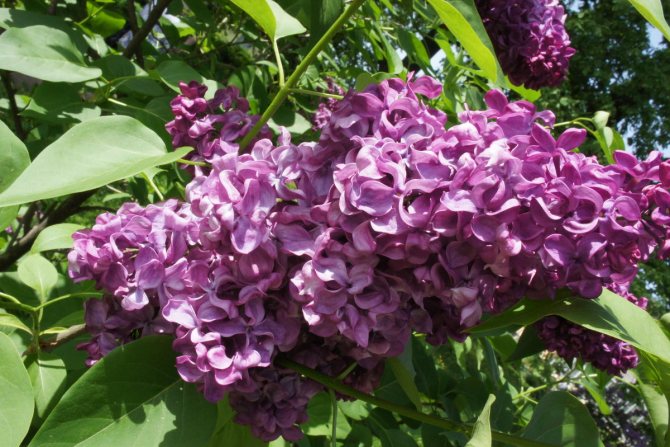
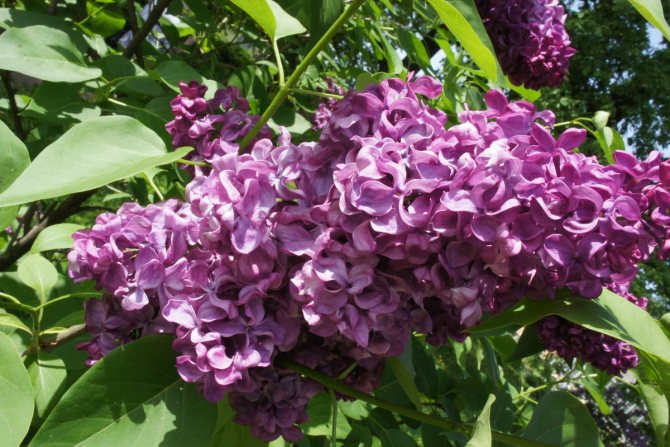
- Raj Kapoor… This is a medium-sized ornamental shrub bred by Leonid Kolesnikov. It blooms profusely in medium terms. Simple and large up to 3 cm wide flowers are collected in lush inflorescences. Coloring – lilac with a red tint. This variety is considered one of the best in the world.
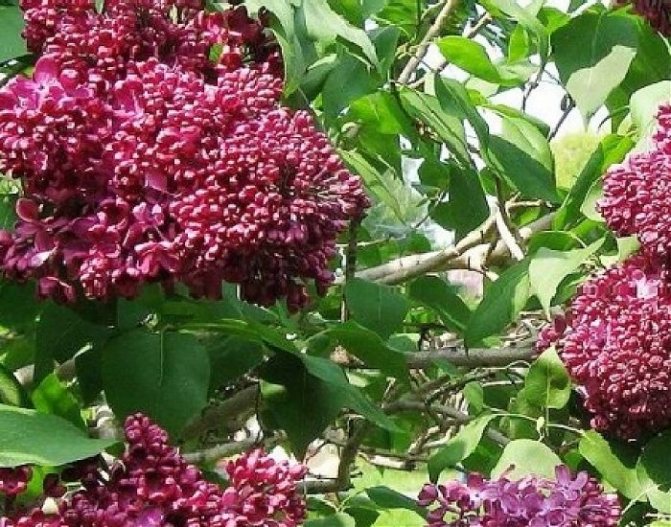
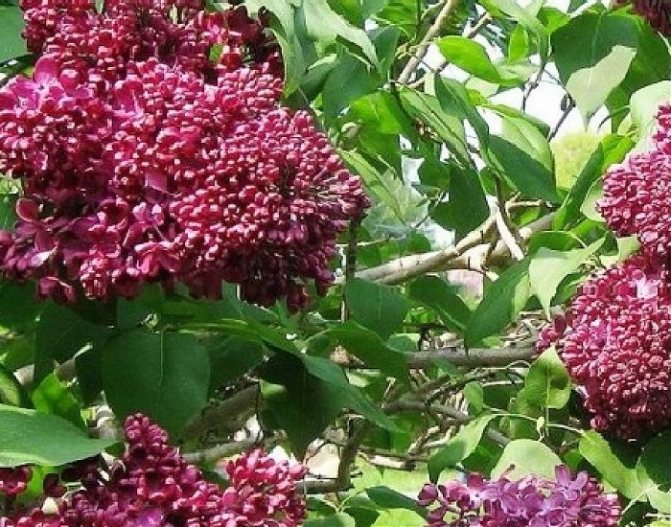
- Charles Joly… It is a hardy shrub, reaching a height of 3-4 m. Flowering begins in mid-May and ends in mid-June. On the shoots, dense inflorescences are formed, consisting of two pyramidal panicles. Each of them is formed by large (about 2,5-3 cm in diameter) flowers of bright lilac color. Unopened buds give off a red tint, and blossomed ones fade in the sun to light purple.
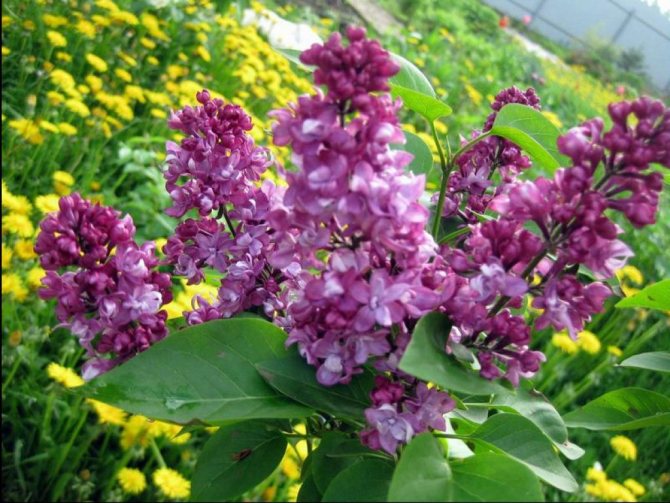

Varieties with unusual coloration
Here are several varieties of lilacs that differ in a non-standard flower color:
- Primrose… This is a yellow lilac, presented in a single form: there are no more such. It is a medium-sized shrub (up to 3,5 m), blooming from late May or early June. Inflorescences about 20 cm long consist of small yellow flowers up to 1,5 cm in diameter. They smell very nice. The plant does not require shelter and watering (only in the first 2-3 years).

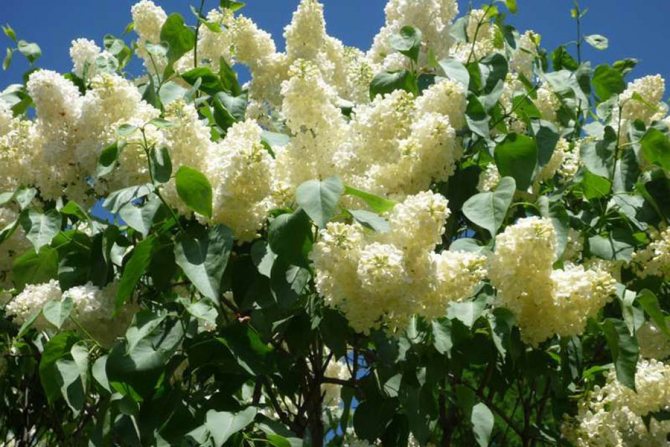
- Jambul и Sensation… These are very similar varieties of lilac, differing in the two-tone color of the flowers. It is lilac, but with a white border, which is very unusual. Sensation has slightly larger flowers than Jambul. The height of the shrubs is about 3 m. Flowering occurs late (in June) and ends in July. The varieties are very frost-resistant.
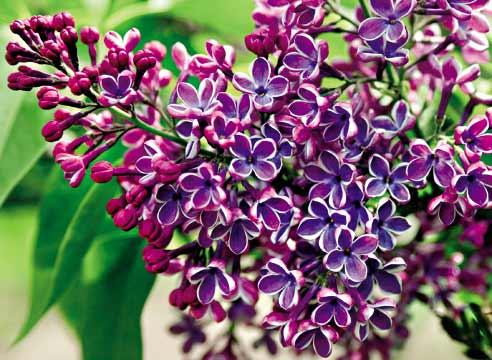

- Red Moscow… This is a shrub lilac, reaching a height of 4 m and a width of 3 m. Flowering begins in May. Pyramidal inflorescences are collected from two panicles, each 18 cm long. Simple large flowers up to 2 cm in diameter are painted in a dark purple color with a red tint. The color is very persistent: it does not fade even under the scorching rays of the sun. In August, a second wave of flowering is possible.
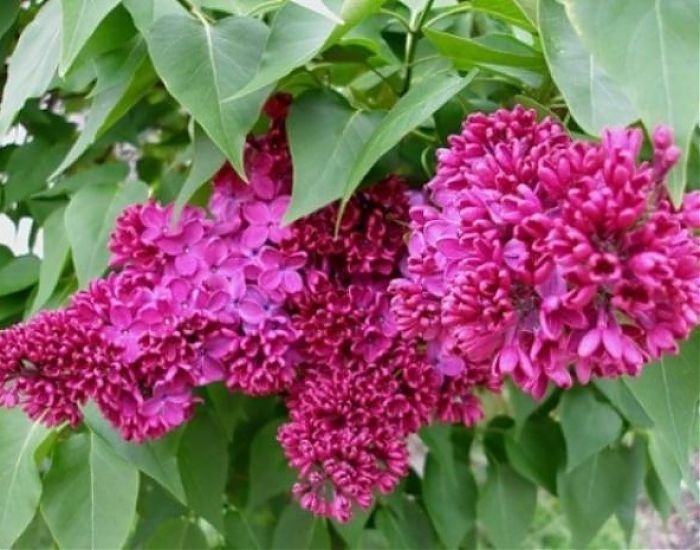
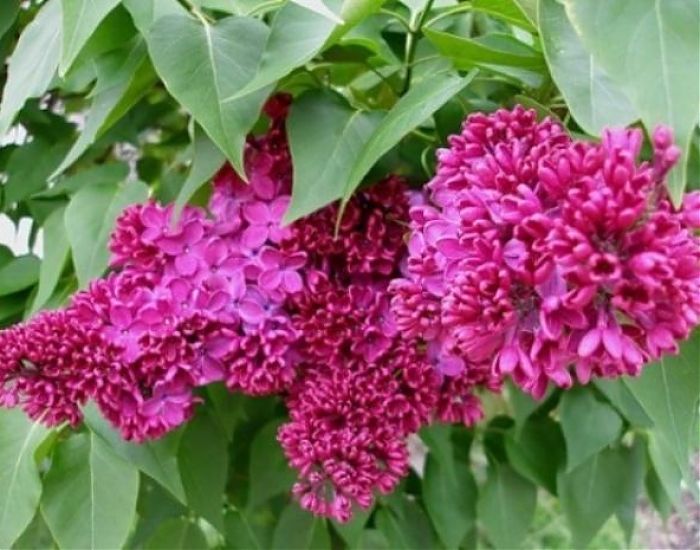
- President Lincoln… Forms a shrub up to 4-5 m high. Flowering begins in mid-May. The inflorescences of this variety are very narrow. The unusualness lies in the color of the flowers: it is almost as blue as the sky. Flowers smell very aromatic.
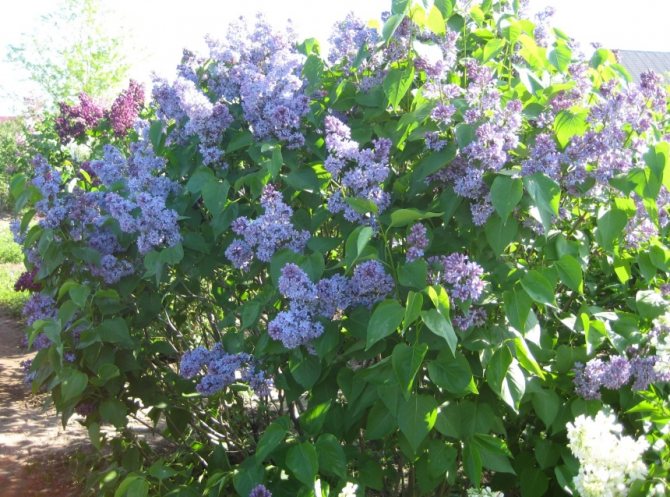

- Buffon… This is a pink lilac, which is not a pure ordinary one. It was obtained by crossing common lilac with broad-leaved lilac. The result was such a miracle: a shrub up to 4 m high blooms in early May, forming lush inflorescences. The flowers, whose diameter reaches 3 cm, are painted in a delicate pink color, which is very unusual for lilac bushes. Buffon is not afraid of frost and drought.
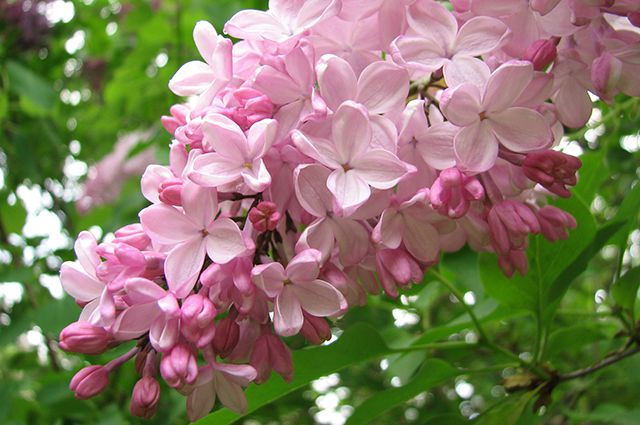
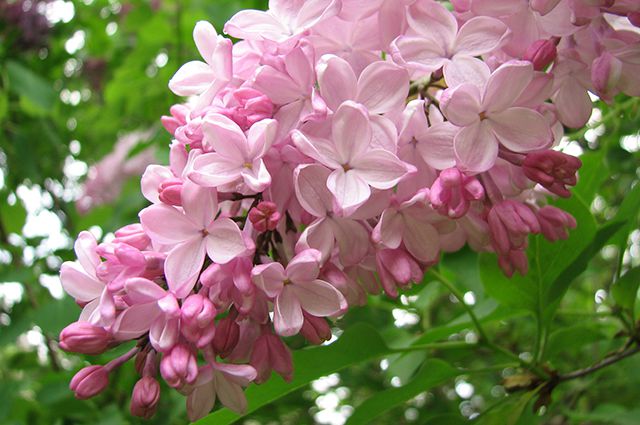
Dwarfish
Low-growing varieties of lilacs are very compact, so they can be planted to decorate small areas. Among them, the following varieties are most popular:
- Captain Balte… Forms a highly branched shrub up to 1,5 m high. It blooms in medium terms. Forms lush inflorescences, consisting of simple large flowers up to 3 cm in diameter, painted in lilac color with a pink tint.


- Schoolgirl… A low bush up to 1,5 m in height is very spreading, so its width can reach 2-2,5 m. Lilac blooms in medium terms. On the shoots, inflorescences are formed, consisting of 3-4 panicles, covered with large flowers of a simple type up to 2,5 cm in diameter. They are painted in a delicate purple color.
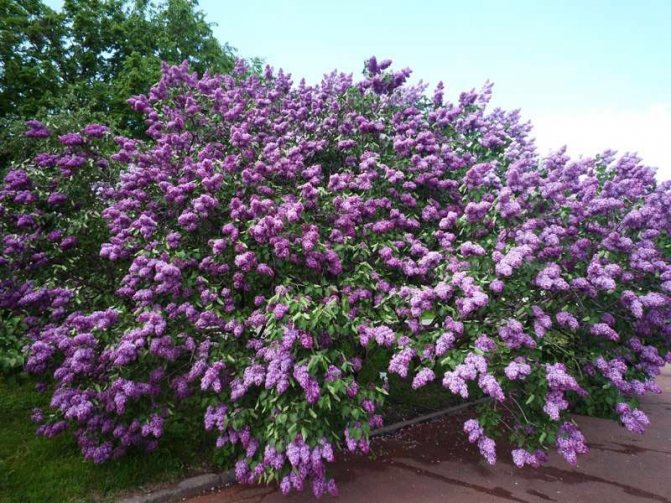

- Madame Charles Suchet… It is a very popular variety in France, which forms a bush up to 2 m high. Flowering begins in May and lasts up to 3-4 weeks. Inflorescences also consist of 1-3 panicles. They are made up of large simple flowers, the diameter of which reaches 2,5 cm. The color of the buds is light purple, and after the opening of the petals, a heavenly shade is added.


- Monge… This is a short, compact bush, characterized by a persistent color of flowers of a simple type that does not fade in the sun. They form inflorescences up to 20 cm long, the width of which is more than 10 cm.The petals gracefully bend inward, which gives the lilac additional charm.
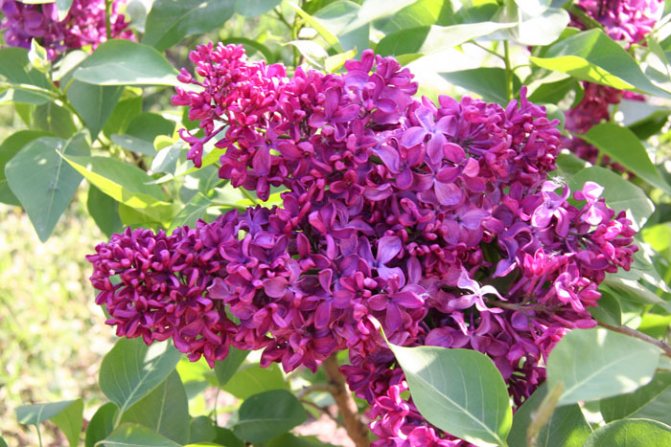

Very beautiful Meyer’s lilac varieties… They are dwarf trees or low-growing shrubs, not exceeding 1,5 m in height. They are lush and luxurious. During the flowering period, they form inflorescences about 10 cm long. The color of the flowers depends on the variety: for Red Pixie it is red, for Bloomerang Ash it is purple, for Palibin it is light purple. Winter hardiness of Meyer’s lilac is good. Only young plants require shelter.
The best varieties for Moscow region
Lilac, suitable for the Moscow region, must have high winter hardiness and resistance to drought and bad weather. The following varieties meet these requirements:
- Monique Lemoine… This is a low-growing shrub (up to 2 m in height), strewn with white inflorescences in late spring, which consist of double and very fragrant flowers. The buds give off green and yellow notes. This is one of the varieties that are especially demanding on sunlight. This lilac should be planted only in a well-lit place.
- Peacock… Forms a bush up to 3-4 m high. At the end of May it forms inflorescences up to 25 cm long, covered with large double flowers up to 2,5 cm in diameter. Coloring – lilac with a lilac shade. The brushes are very fragrant.
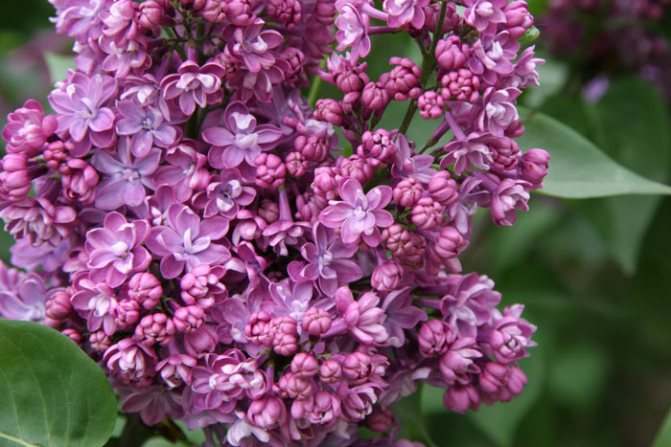
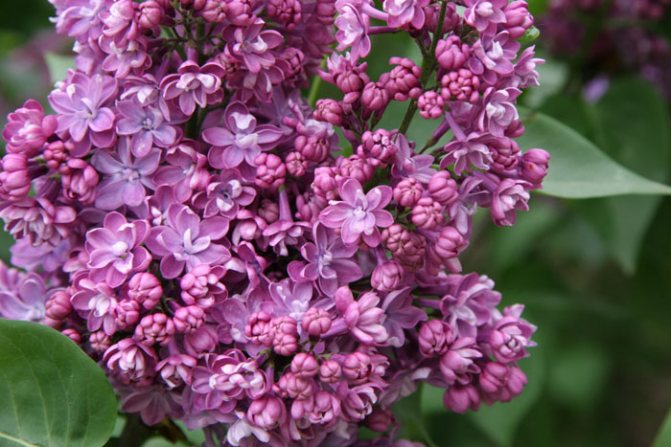
- President Poincaré… It is a very tall shrub, reaching a height of 6 meters. During the flowering period, the bush forms dense inflorescences, consisting of fragrant double flowers, painted in all shades of purple.
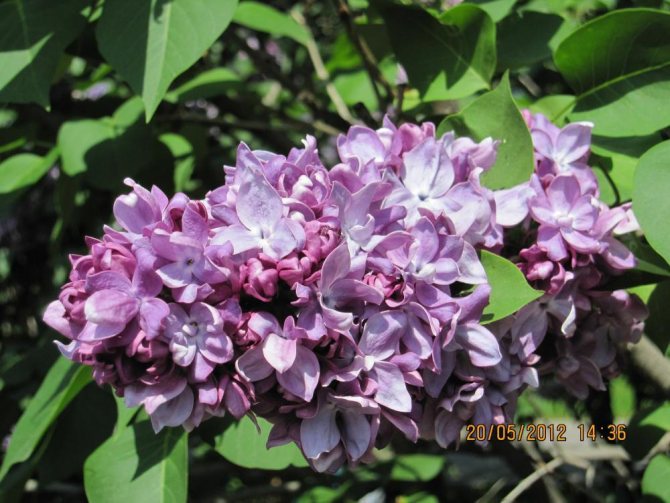

- Katherine Havemeyer… The variety was bred in France. This lilac forms upright bushes up to 5 m high, covered with large, heart-shaped, dark green leaves. The inflorescences are very lush. The buds are painted in a light purple color, they open into double large flowers up to 3 cm in diameter. The color changes to a light purple color. The flowers smell very nice.
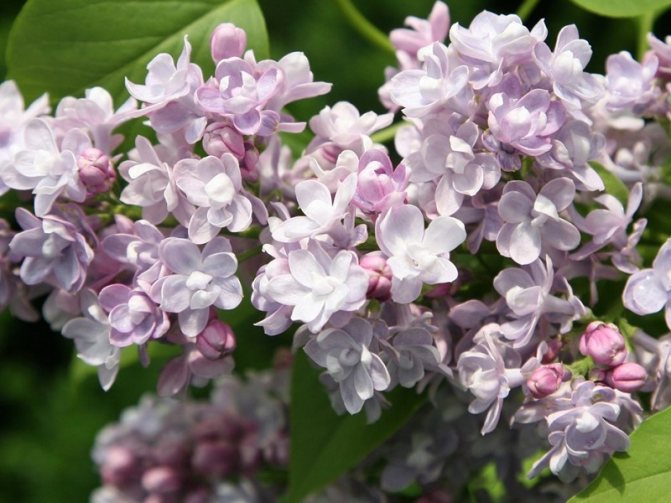
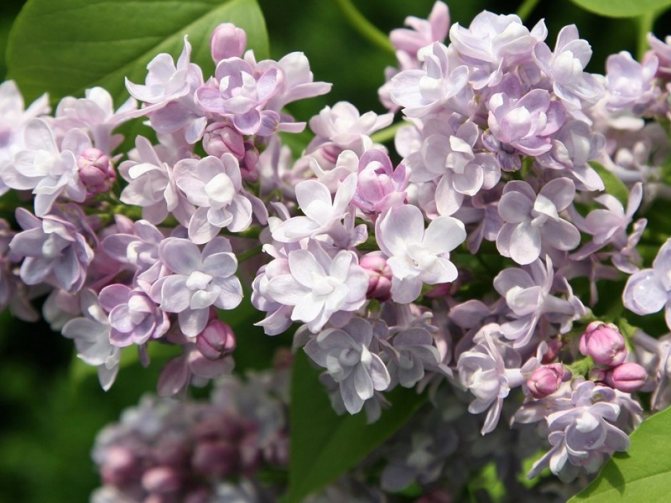
Kolesnikov varieties
Leonid Kolesnikov is a self-taught breeder. He developed several hundred varieties of ornamental shrubs. Some varieties of Kolesnikov’s lilac were considered by us earlier. For example:
- Red Moscow.
- Sensation.
- Jambul.
- Galina Ulanova.
The varieties are also very beautiful:
- Beauty Moscow… Forms a shrub up to 4 m high and up to 3 m wide. It blooms from mid-May to mid-June. The buds are pink, and the blossoming flowers are white with a slight purple tint. The length of the inflorescences reaches 25 cm.
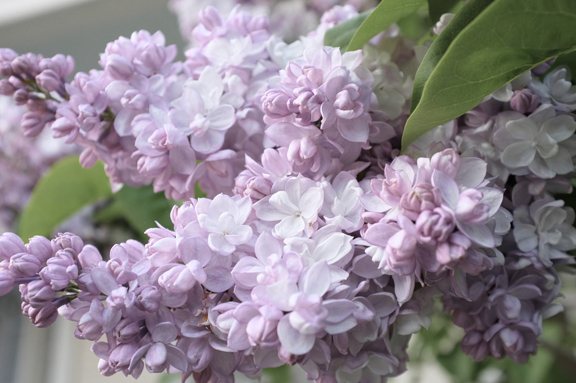
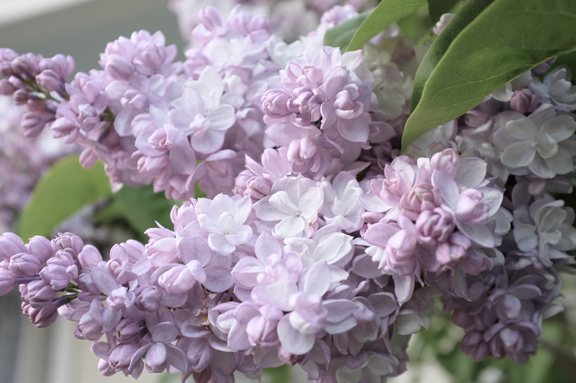
- Olympics Kolesnikov… Bushes up to 4-5 m high during the flowering period form inflorescences up to 28 cm long, densely covered with pink and purple flowers, the diameter of which reaches 3 cm.
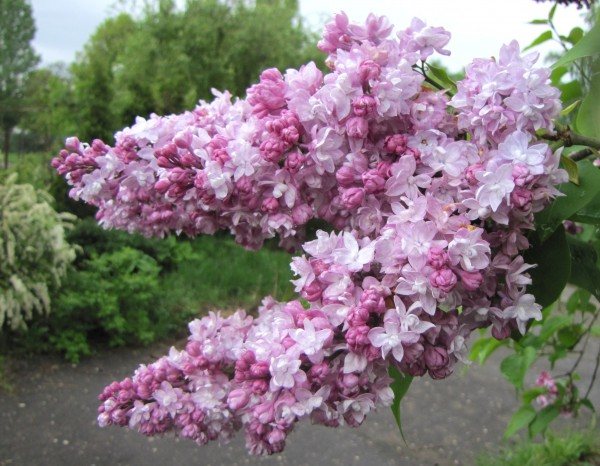

- Hope… This is a double lilac, reaching a height of 4 m. It blooms in late spring or early summer. Forms inflorescences up to 20 cm long, densely covered with bluish double flowers.

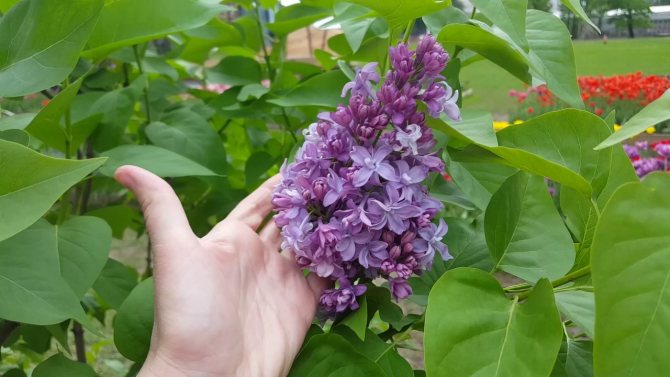
- Hydrangea… Forms a medium-sized bush about 2,5 m high. It blooms at the end of May, forming lush inflorescences up to 25 cm long. Simple flowers are pink with a lilac tint.
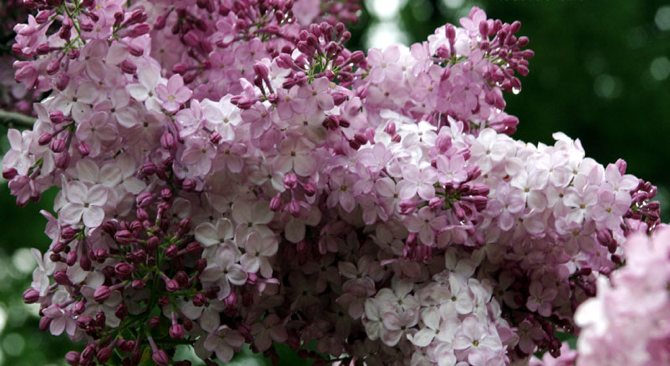
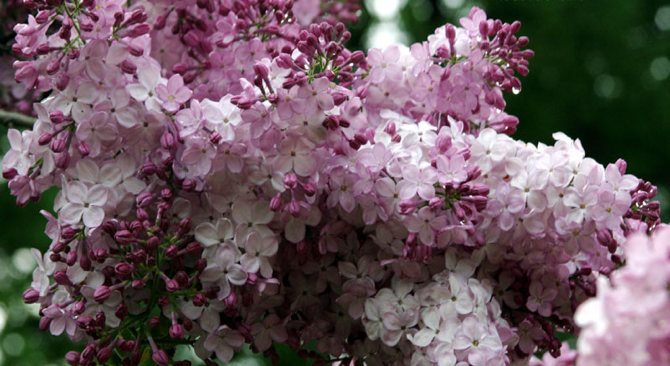
- Dawn of Communism… This is a medium-sized shrub that forms inflorescences up to 20 cm long. Despite its simple flowers, this lilac is very effective due to its bright saturated purple color: this is a real dawn.
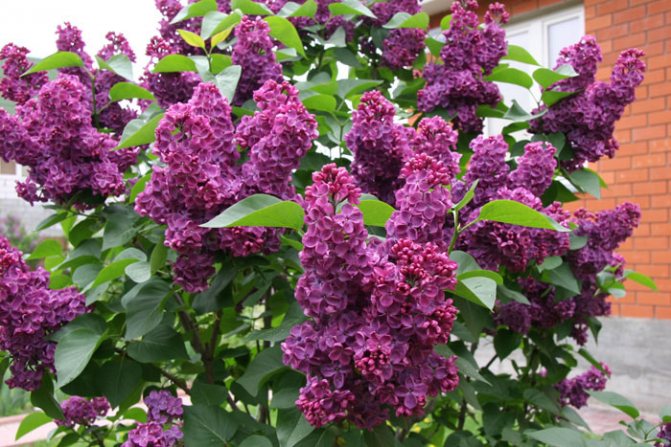

- The Bride… Forms a bush, reaching a height and width of 3 m. The inflorescences are composed of simple flowers, painted in a light pink color with a slight lilac tint. Flowers are gentle and innocent, like the bride herself.
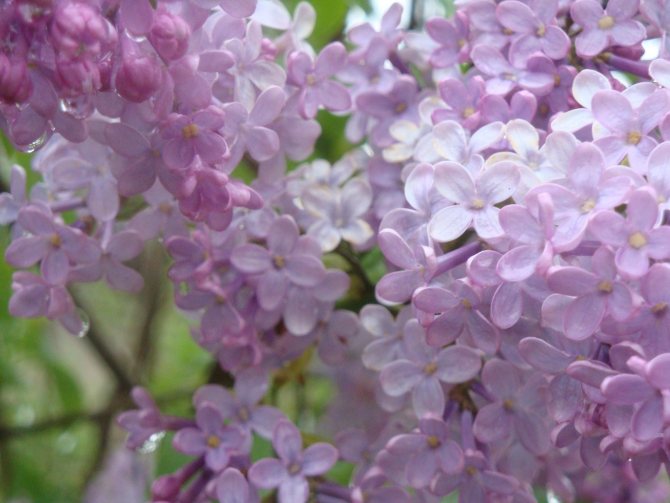
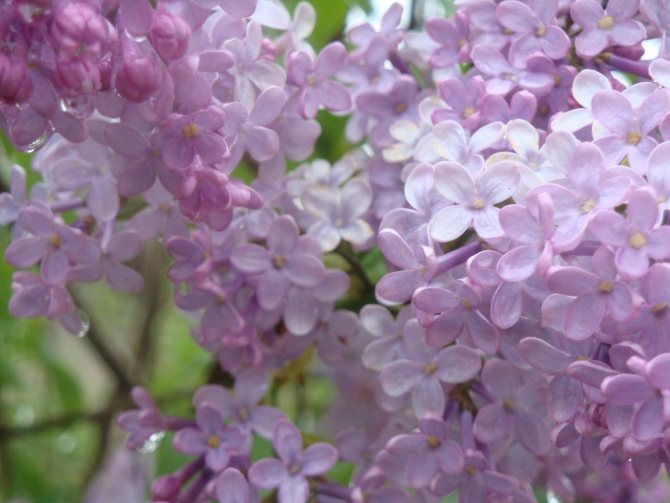
- The Soviet Arctic… It is a medium-sized bush that blooms from mid-May. It is strewn with inflorescences up to 20 cm long. The color of double flowers is white, like the Arctic in Russia.
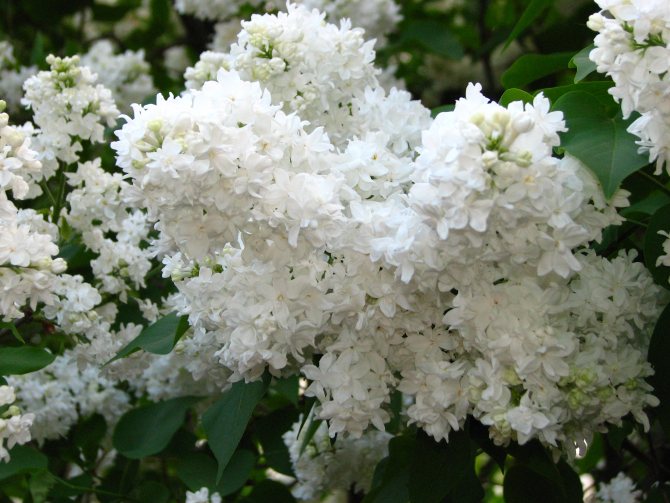
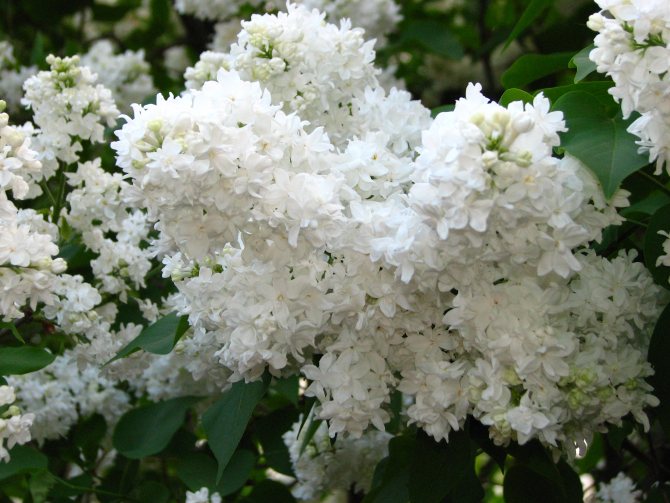
Lilac is an ornamental shrub that adorns gardens and parks, home gardens. In landscape design, both species and varietal lilacs are used. Species plants are more hardy: they are not afraid of drought, grow on any soil and do not die even in severe frosts.
However, their inflorescences are less lush, and the flowers are small. The choice of their color is also small, which cannot be said about varietal lilacs. They bloom for a long time and magnificently, because they were bred specifically for this. But they have a significant drawback: it is a lower degree of endurance and frost resistance. But this is not a big deal if you are ready to build a light shelter every year.
Conditions for growing lilacs: planting and care in the open field (with photo)


Features of landing… For successful care, planting lilacs in open ground should be carried out from the second half of July to early September. In late autumn or spring, the bushes take root worse and give almost no growth in the first year. An important condition for growing lilacs is choosing the right planting site. The site must be sufficiently illuminated, inaccessible to strong winds. Low, swampy and flooded places in autumn and early spring are unsuitable. Even a short stagnation of water causes the death of young roots. The soil should be moderately moist, fertile, well-drained, and high in humus. For planting and caring for lilacs, weakly acidic and neutral soils with a low groundwater table are preferred. Planting holes are dug with sheer walls. Dimensions on medium-fertile soils – no more than 50x50x50 cm; on poor sand pits, they are increased to 100x100x100 cm and filled with the prepared substrate. It contains humus or compost (bucket), wood ash (half a liter can), superphosphate (1 matchbox). The latter acidifies the soil, and to neutralize it on acidic soils, the amount of ash is doubled. The crown is moderately, by 2-3 pairs of buds, shortened and too long roots are cut off a little, and the damaged and diseased roots are completely removed. Plants are installed in the center of the pit, the roots are evenly distributed, covered with a substrate and compacted. After planting, it will take about 3 years before the bushes begin to bloom profusely.


Watering… After planting, the soil around the trunks is watered abundantly. When growing lilacs, the garden is often watered during flowering and growth of shoots, in summer – only in the heat.
Mulching… The trunk circle is mulched with a semi-rotten leaf, peat or humus with a layer of 5-7 cm.
Loosening… During cultivation, when caring for lilacs in the garden, the soil of the trunk circles during the growing season is loosened 3-4 times to a depth of no more than 4-7 cm.
Additional fertilizing… In the first 2-3 years, fertilization under lilacs can be omitted. Nitrogen fertilizers begin to be fed from the second year at the rate of 2 matchboxes of urea or 1 glass of ammonium nitrate per plant per season. Organic fertilizers are more effective (1-3 buckets of slurry per bush). Mullein solution is prepared at the rate of 1: 5. It is introduced at a distance of 50 cm from the trunk. Phosphorus and potash fertilizers are fed in the fall once every 2-3 years from the following calculation: double superphosphate – 1 matchbox, potassium nitrate – 2 tablespoons per adult plant. They are brought to a depth of 6-8 cm. The best fertilizer is ash: 1 glass is stirred in a bucket of water.


Trimming… For successful cultivation, when caring for lilacs, a beautiful shape and abundant annual flowering are supported by systematic pruning of the bushes. In the first 2 years after planting in a permanent place, the lilac grows weakly and does not need pruning. In the 3-4th year, strong skeletal branches begin to form in lilacs – the basis of the entire bush. In early spring, before the buds awaken, from 5 to 10 most successfully located branches are found in the crown, all the rest are cut out. Thinning and sanitary pruning is carried out mainly in early spring, but, if necessary, during the entire growing season. Try to shape the bush into a wide bowl. It is useful to cut off up to 2/3 of flowering shoots for bouquets. This causes a stronger development of the remaining and the formation of new ones, on which flower buds are laid. Lilacs stand better in water if you cut them off in the early morning and split the ends of the branches. When removing faded inflorescences, be careful, wait until the border between them and the buds from which flowering shoots will develop next year becomes obvious. Preparing for winter. For young seedlings, it is advisable to cover the trunk circles for the winter: with peat and a dry leaf in a layer of up to 10 cm.
The photo “Planting and caring for lilacs” will help you better imagine how these agrotechnical techniques are performed:
Photos
Unusual varieties of lilacs:

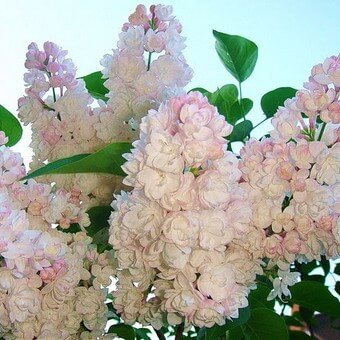
‘Beauty of Moscow’… Legendary variety. It is considered the most beautiful lilac in the world. The buds are pale pink. The flowers are pearl white, double, large, resembling roses.
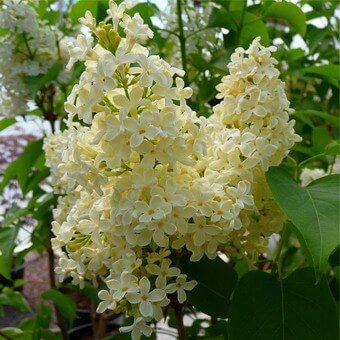

‘Primrose’ (‘Primrose’). The only yellow lilac. The buds are light yellow, large simple flowers at the beginning of dissolution are light yellowish-cream, gradually turn white.
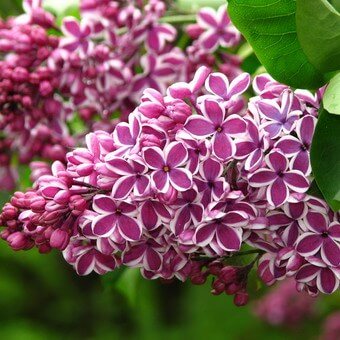
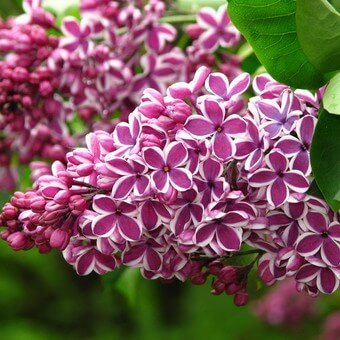
‘Sensation’ (‘Sensation’), ‘Jambul’ – the petals of large purple simple flowers have a clearly defined white border.
Look at the photo of what different varieties of lilac look like:
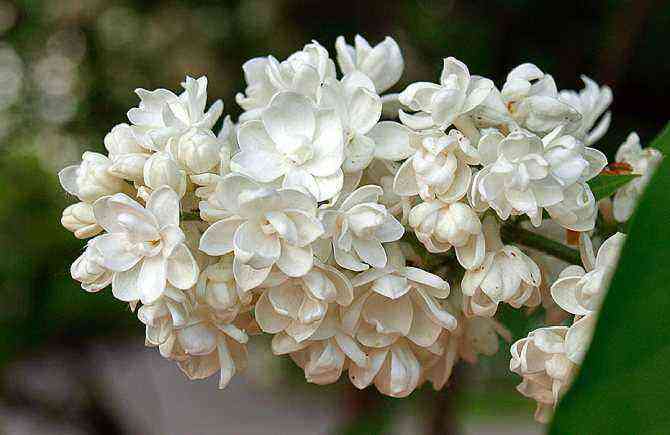

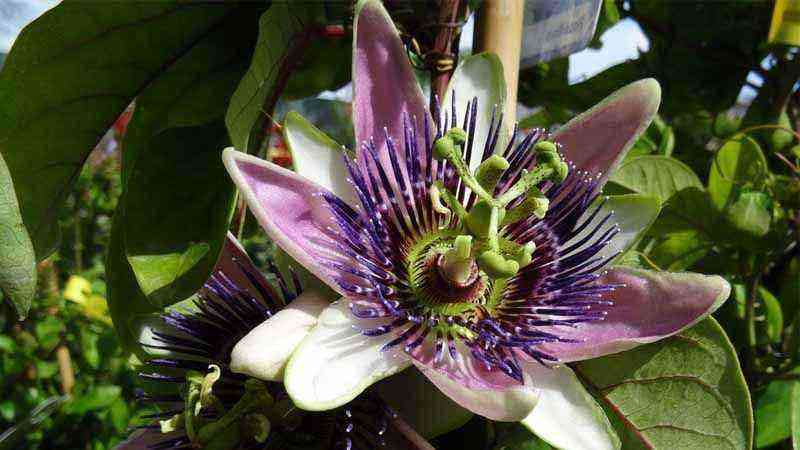
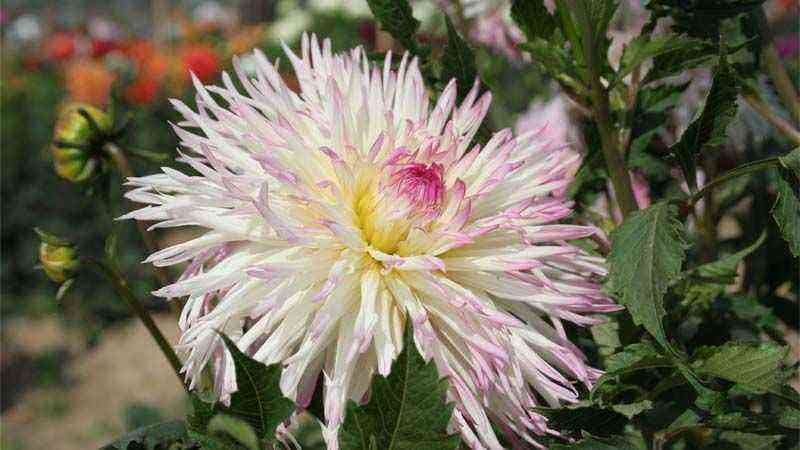
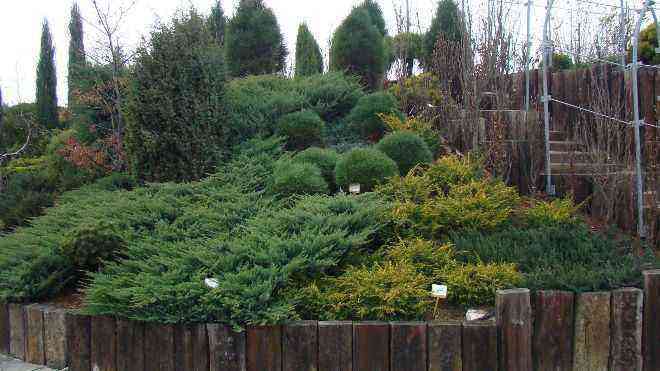
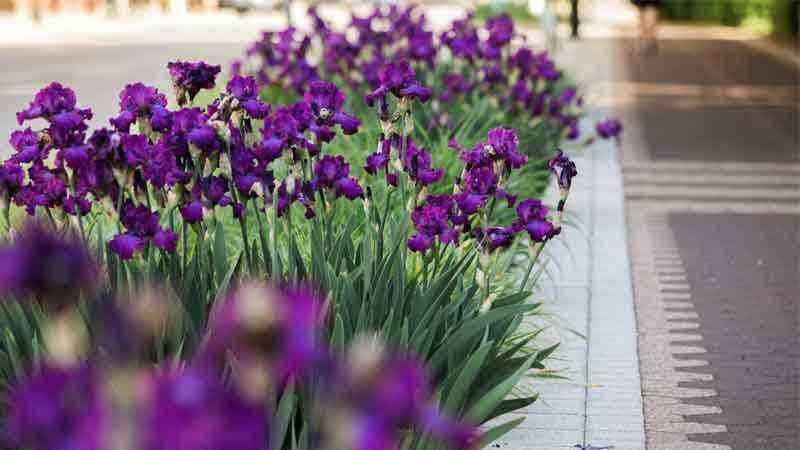
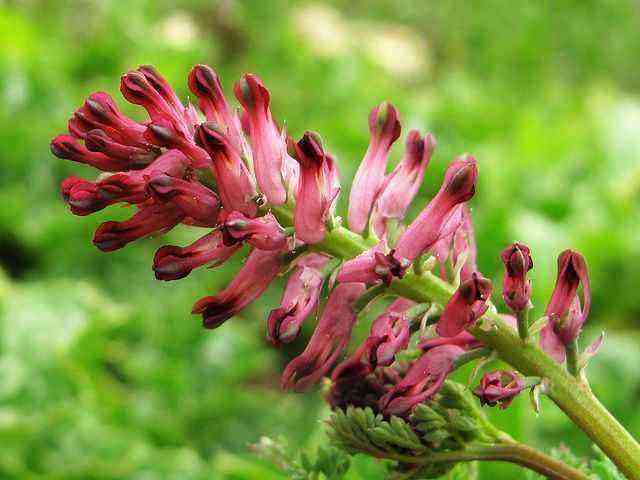




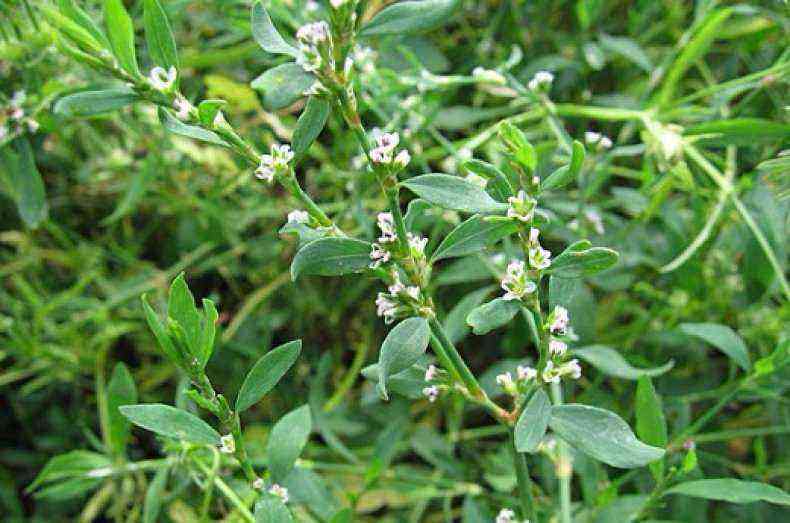
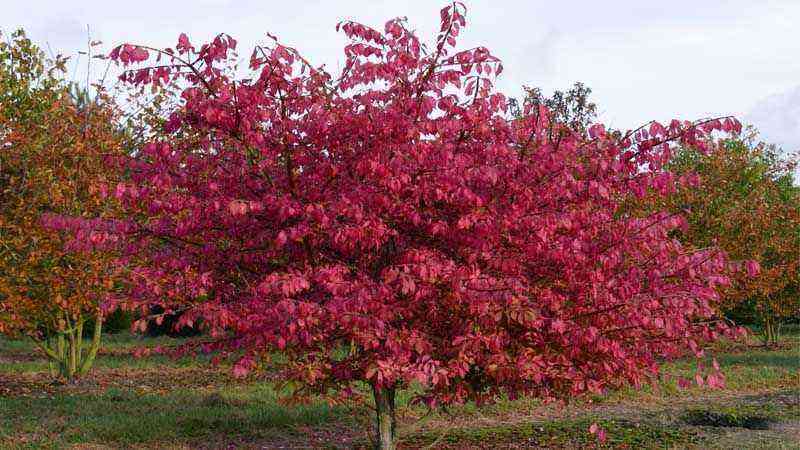

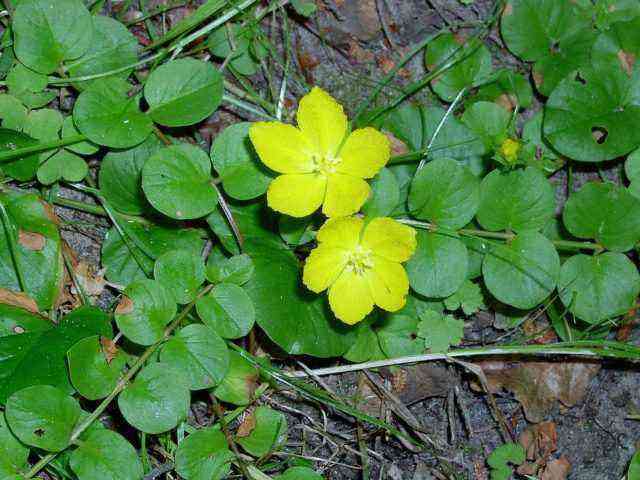


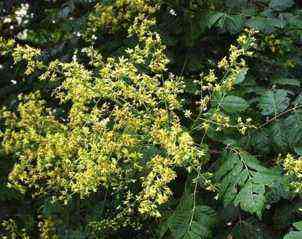
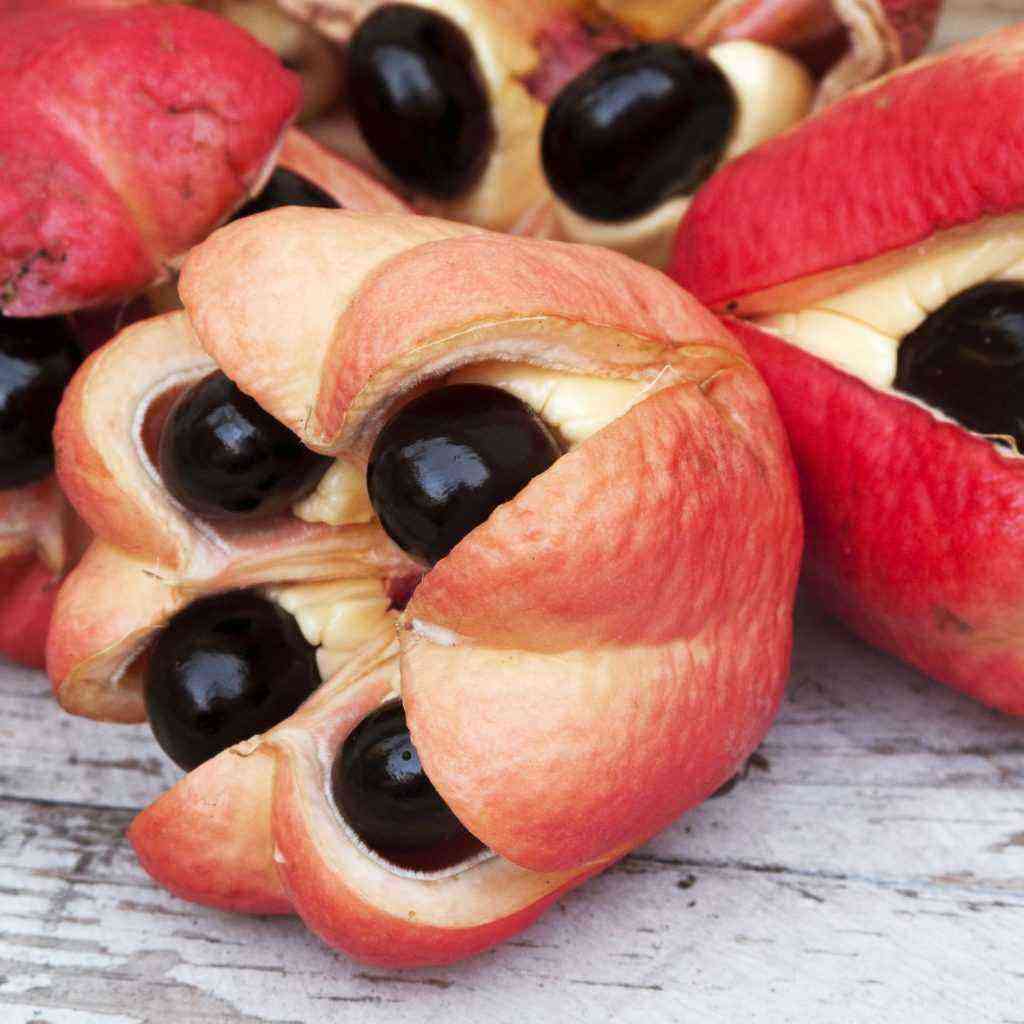
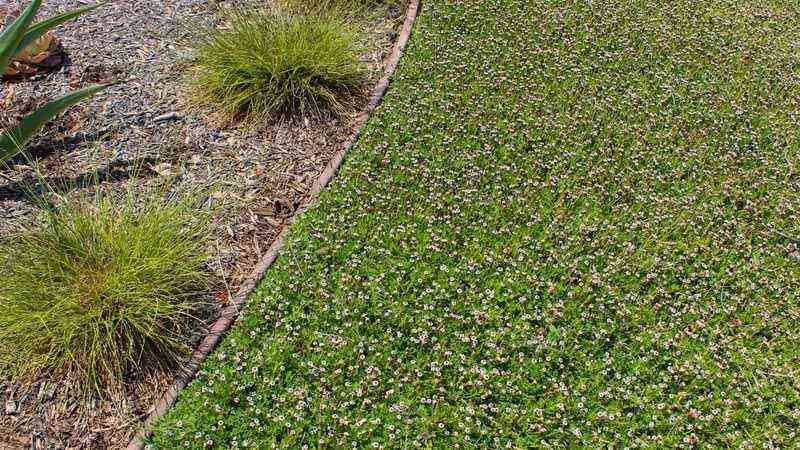




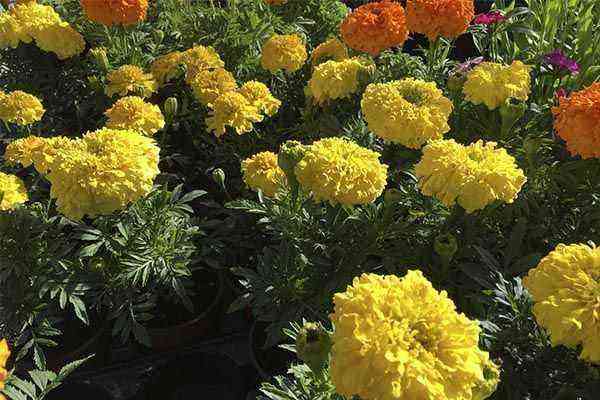

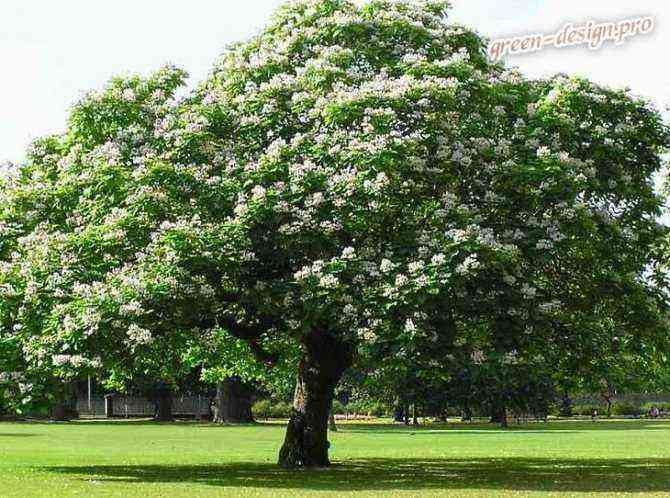

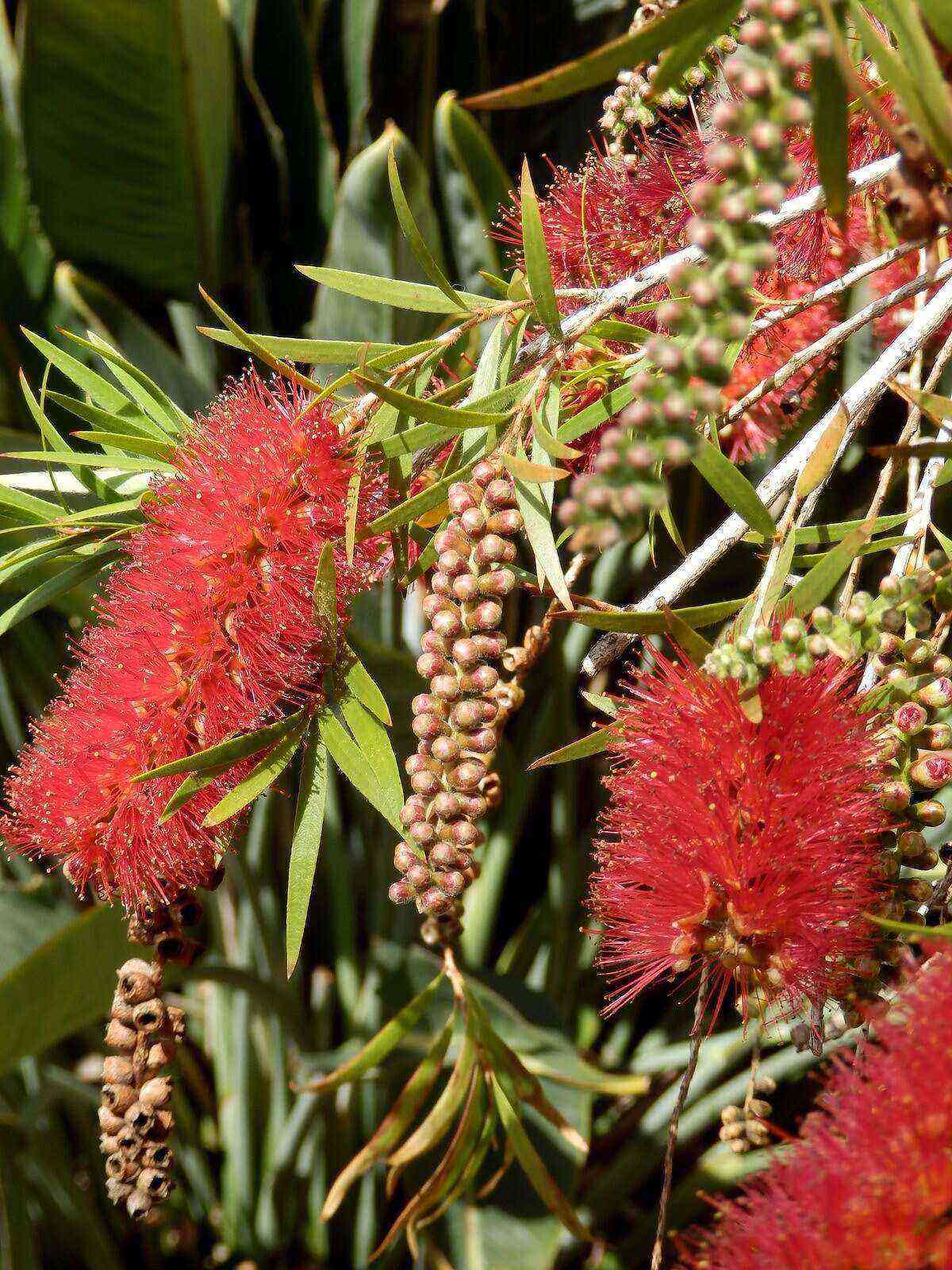



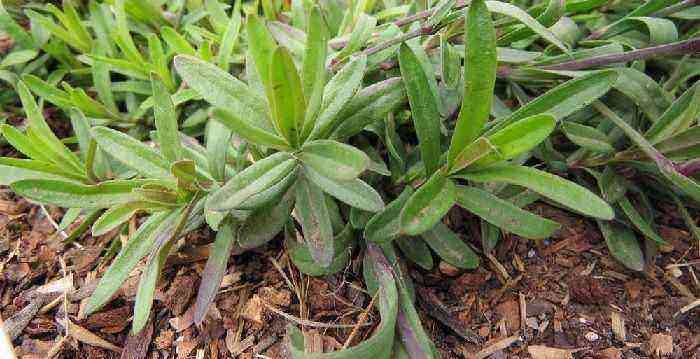
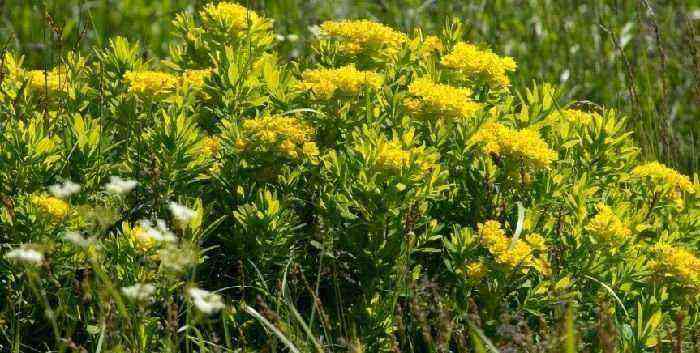

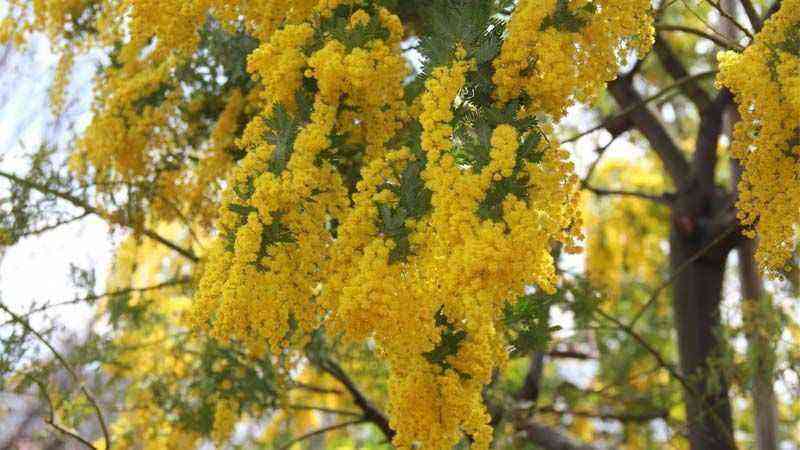

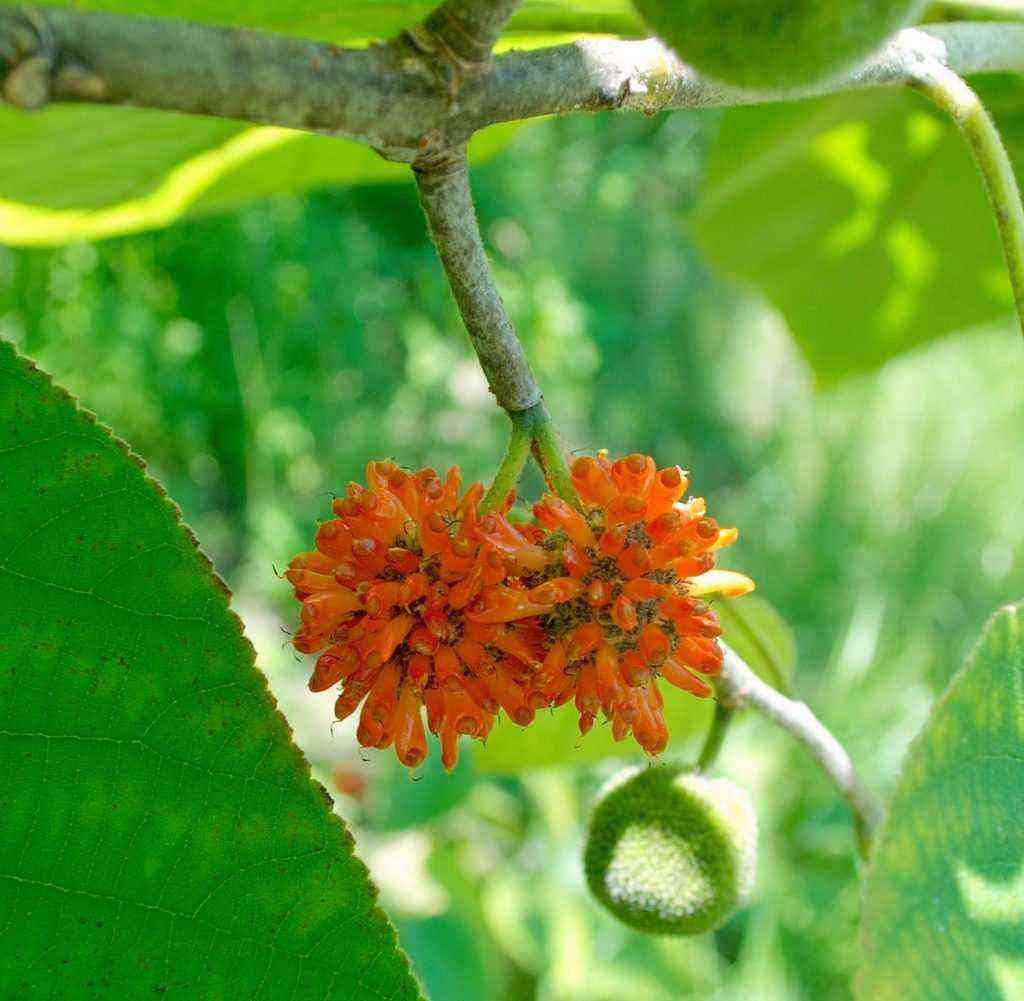

![Cultivation of Manihot esculenta [Cassava, Cassava] Cultivation of Manihot esculenta [Cassava, Cassava]](https://farmer-online.com/wp-content/uploads/2021/05/Cultivation-of-Manihot-esculenta-Cassava-Cassava.jpg)
